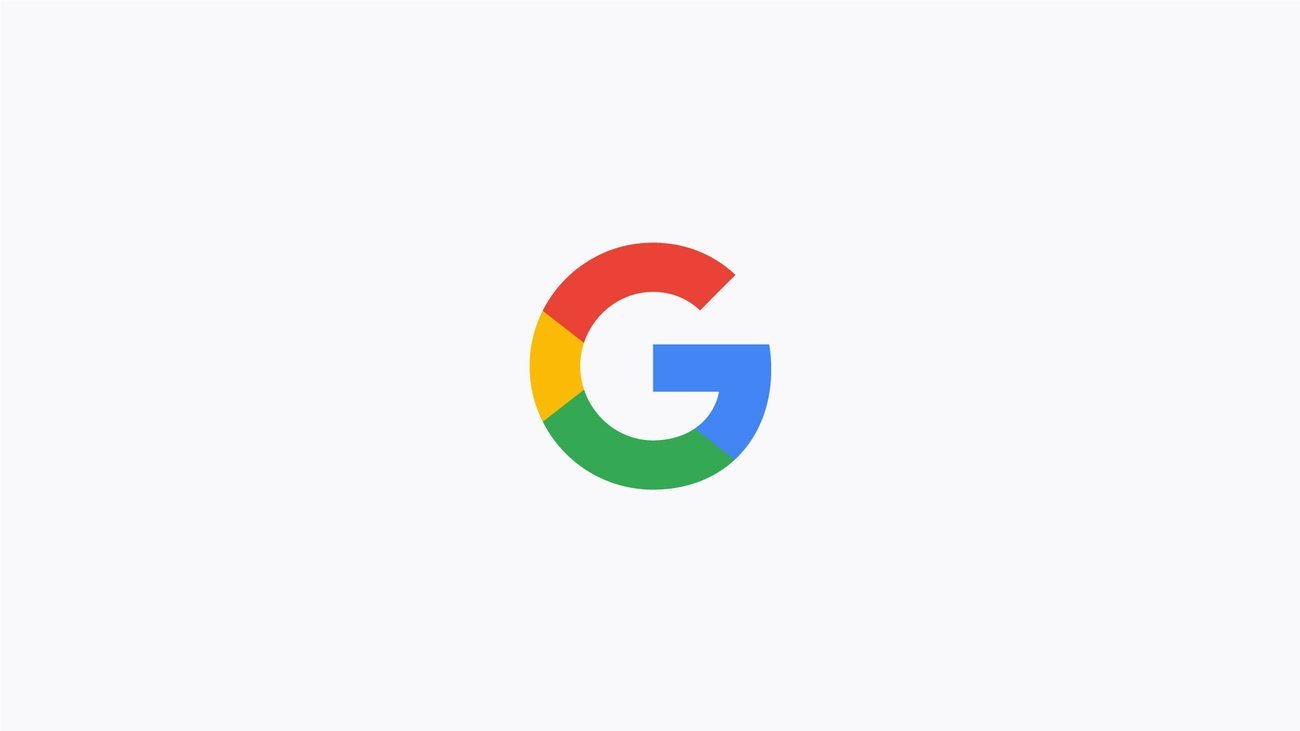We shared back in February that we would soon introduce technology that would distinguish between younger users and adults. Over the next few weeks, we will start rolling age assurance to a small set of users in the US to help us protect young people when using Google products. We carefully monitor this before rolling it out more widespread. These measures that we have already implemented in selected markets where it worked well are designed to recognize users who are either over or under 18, so we can give more age experiences for them younger than 18.
This is only part of our broader commitment to online security for young users and families. We have constantly invested in technology, policies and literacy resources to better protect children and teens across our platforms. Our approach includes providing automatic protective measures to users under 18 with standard settings and protection, expanding parental control through family connection and creating dedicated, age experiences such as YouTube children.
Our age-passing protection in the US
For users, we identify being under 18, we automatically provide our existing improved protection to ensure age-passing experiences, such as:
- Teeth on YouTube Digital well -being tools such as reminders of taking a break and going to bed, and add protective measures to content recommendations, including limiting repeated views on some kinds of content.
- Disabling timeline In cards.
- Disabling personal advertising and restriction of age -sensitive ad categories.
- Prevents users We recognize as minors from accessing apps limited to adults on Google Play.
How age insurance works
When our tools estimate that a user may be younger than 18, we will notify them via E -mail and when they use Google products. These messages explain how their settings have changed and how adults can verify their age to manage these settings themselves.
Age Insurance helps us ensure that adults can access the information and services they need while using the right protection for our younger users. Our approach to age insurance uses a combination of age estimation and, if necessary, age verification.
- Age Estimation: Our age estimation model uses machine learning to interpret a variety of signals already connected to a user’s account, such as the types of information a user has searched for, or the categories of videos they have seen on YouTube. These signals help us determine if a user is likely to be over or under 18 years of age.
- Age Verification: If we incorrectly estimate a user to be under 18, the user has the opportunity to correct their age, including by uploading a photo of their government -ID or a selfie.
A collaboration effort for online security
Age Insurance Technology is becoming more widely available, and we are encouraged to see its increasing adoption of other companies in recent months. We have designed our approach with users’ privacy in mind, and it does not involve the collection of additional data or sharing of granular user information with all apps and sites. We believe that a really safer online environment requires input and investment from players across the ecosystem. We are obliged to take this important step to help ensure that children have age, protective experiences across our platforms.
